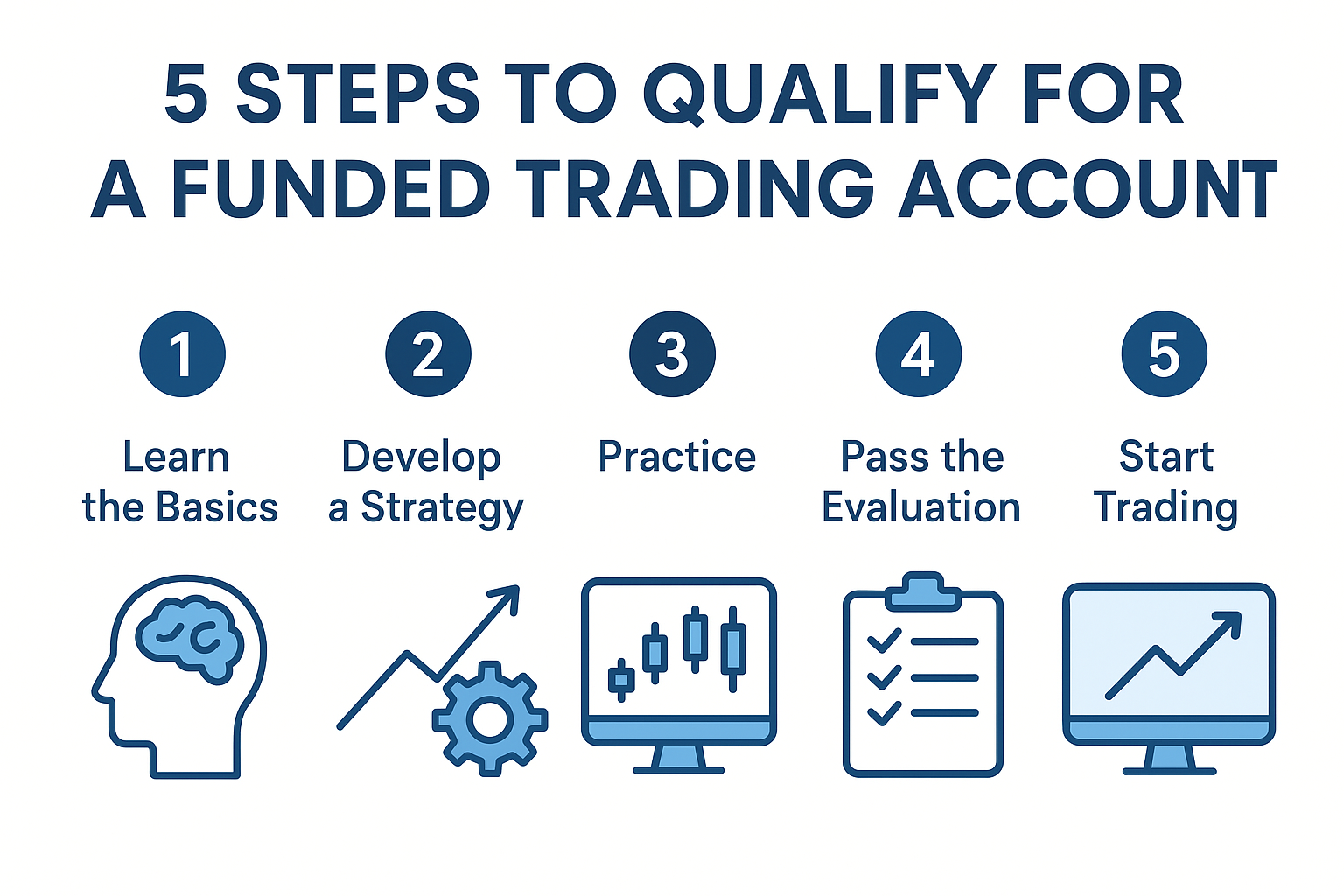Seat Belts: The Only Thing Protecting You from a Life-Altering Injury
- 1 The Mechanics of Seat Belts
- 2 Legal and Financial Implications
- 3 How Seat Belts Save Lives
- 4 Common Misconceptions About Seat Belts
- 5 The Evolution of Seat Belt Technology
- 5.1 Pretensioners and Load Limiters
- 5.2 Adjustable Anchors and Comfort Features
- 5.3 Integration with Advanced Safety Systems
- 6 Promoting Seat Belt Use: Education and Enforcement
- 6.1 Role of Education
- 6.2 Law Enforcement
- 7 Conclusion
Seat belts are one of modern vehicles’ simplest yet most effective safety features. Designed to protect occupants from serious injuries during accidents, they are an essential tool in safeguarding lives. Despite the proven benefits of seat belt use, many drivers and passengers neglect to use them. This article delves into the importance of seat belts, exploring their mechanics, the legal and financial implications of not wearing them, common misconceptions, and their life-saving impact.
The Mechanics of Seat Belts
Understanding how seat belts function can shed light on why they are so effective. Seat belts operate based on a fundamental principle of physics: distributing collision forces across the most vital parts of the human body. These areas include the pelvis, chest, and shoulders. When a vehicle suddenly stops or crashes, the seat belt restrains the occupant, reducing the likelihood of contact with the vehicle’s interior or ejection from the car. With its slight elasticity, this restraint system absorbs some of the kinetic energy, further reducing the severity of injuries.
Types of Seat Belts
There are several types of seat belts, each designed for different purposes and offering varying levels of protection:
- Lap Belts: These belts go over the waist and are common in older vehicles and some aeroplanes.
- Shoulder Belts: Typically found in combination with lap belts, they go over the shoulder and chest.
- Three-Point Belts: The most common type in modern vehicles, these combine a lap belt and a shoulder belt in one continuous strap.
- Five-Point Harness: Used in child safety seats and racing cars, these belts secure both shoulders, the pelvis, and the chest.
Legal and Financial Implications

Beyond the physical protection offered by seat belts, there are significant legal and financial reasons to wear them. Many jurisdictions have enacted laws requiring the use of seat belts, with fines and penalties for non-compliance. Moreover, failure to wear a seat belt can have serious financial repercussions in an accident.
Legal Consequences
In many regions, not wearing a seat belt is considered contributory negligence. This legal doctrine implies that an injured party’s compensation can be reduced if their failure to wear a seat belt contributes to the severity of their injuries. For example, if someone is injured in a car accident but is not wearing a seat belt, the compensation they are entitled to may be decreased significantly.
Financial Ramifications
Experienced car accident lawyers often encounter cases where the absence of a seat belt results in complicated legal battles. Insurance companies may use the lack of seat belt use as a reason to lower the payout or deny claims altogether. This scenario underscores the financial prudence of always wearing a seat belt, as it can directly influence the outcome of insurance claims and personal injury lawsuits.
How Seat Belts Save Lives
A wealth of research and statistics backs the efficacy of seat belts in saving lives and reducing injuries. According to the National Highway Traffic Safety Administration (NHTSA), seat belts reduce the risk of fatal injury to front-seat passengers by 45% and the risk of moderate to critical injury by 50%. These statistics alone provide compelling evidence for the consistent use of seat belts.
Impact Distribution
Seat belts distribute the forces of a collision across the body’s more substantial parts, minimizing injury. In a crash, an unbelted occupant can be thrown against the dashboard, windshield, or even out of the vehicle, leading to severe injuries or death. Seat belts prevent this by keeping occupants securely in their seats.
Energy Absorption
The slight elasticity in seat belts plays a crucial role in energy absorption. During a collision, this elasticity allows for some controlled movement, which helps to dissipate the energy more gradually than an abrupt stop. This reduces the force exerted on the body and mitigates the risk of injury.
Common Misconceptions About Seat Belts

Despite the overwhelming evidence supporting seat belt use, several misconceptions persist. These myths can lead to complacency and non-compliance, increasing the risk of injury and death in car accidents.
Short Trips and Low Speeds
One common fallacy is the belief that seat belts are unnecessary for short trips or at low speeds. However, statistics show that most accidents occur close to home and at speeds below 40 mph. Even at these lower speeds, the forces involved in a crash can be substantial and potentially fatal without the protection of a seat belt.
Risk of Entrapment
Another misconception is the fear of being trapped in a car due to a seat belt after an accident. While it is true that a seat belt may need to be unfastened post-collision, the likelihood of being trapped is far lower than the risk of being ejected from the vehicle. Ejection from a car dramatically increases the chance of fatality, making seat belts a much safer option.
Airbags as Substitutes
Some people believe that airbags alone provide sufficient protection. While airbags are a critical safety feature, they are designed to work in tandem with seat belts, not replace them. Without a seat belt, an occupant can be thrown into an airbag with great force, leading to severe injuries that the airbag alone cannot prevent.
The Evolution of Seat Belt Technology
Seat belt technology has advanced significantly since its inception, improving comfort and safety. Modern vehicles are equipped with sophisticated restraint systems designed to enhance the protective function of seat belts.
Pretensioners and Load Limiters
Many modern seat belts include pretensioners, which tighten the belt almost instantly upon detecting a crash, removing any slack and restraining the occupant more effectively. Load limiters then allow the belt to release a small amount of webbing in a controlled manner to reduce the force on the occupant’s chest, further minimizing injury.
Adjustable Anchors and Comfort Features
Adjustable anchors allow the height of the seat belt to be changed to fit the occupant better, increasing both comfort and effectiveness. Comfort features, such as padded belts and retractors, make wearing seat belts more pleasant, encouraging regular use.
Integration with Advanced Safety Systems
In contemporary vehicles, seat belts are integrated with advanced safety systems like electronic stability control, anti-lock braking systems, and collision avoidance technology. This integration ensures that seat belts and other safety features work together seamlessly to protect occupants in various driving conditions and crash scenarios.
Promoting Seat Belt Use: Education and Enforcement
Despite the clear benefits of seat belts, increasing their use requires ongoing education and enforcement efforts. Public safety campaigns, such as “Click It or Ticket,” have successfully raised awareness and encouraged compliance. These campaigns emphasize the life-saving benefits of seat belts and the legal consequences of not wearing them.
Role of Education
Educational initiatives in schools, driver’s education programs, and public service announcements play a crucial role in promoting seat belt use. By educating new drivers and reinforcing the importance of seat belts to the general public, these programs aim to instil a culture of safety and responsibility.
Law Enforcement
Strict enforcement of seat belt laws is essential to ensuring compliance. Police checkpoints and traffic stops, including seat belt checks, serve as effective deterrents against non-compliance. The threat of fines and penalties provides a tangible incentive for drivers and passengers to buckle up.
Conclusion
Seat belts are fundamental yet indispensable in preventing severe injuries and fatalities in car accidents. Their simple mechanics of force distribution and energy absorption are highly effective in protecting occupants. Beyond physical safety, seat belts also have significant legal and financial implications, emphasizing the importance of their use. Despite common misconceptions, the evidence overwhelmingly supports the consistent use of seat belts for all journeys, regardless of distance or speed.
As technology advances, seat belts will become even more effective and integrated with other safety systems. However, the key to maximizing their benefits lies in widespread education and strict enforcement. By understanding the life-saving importance of seat belts and actively promoting their use, we can reduce the devastating impact of car accidents and save countless lives. Always buckle up—it’s the most straightforward action that can make the difference between life and death.

















